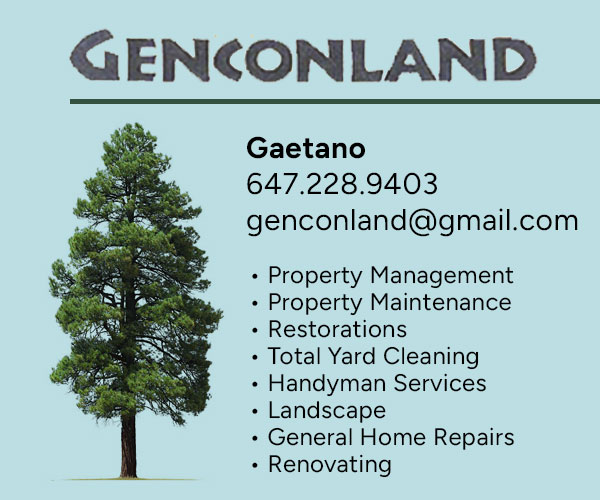Careful design can elevate the required pool enclosure to a work of landscape art.
by Anya Shor //

One of the most daunting tasks facing any homeowner, especially anyone with a newly built home, is staring at the empty expanse of grass (if there is any) and trying to visualize it as a fully defined space—one with a patio, stone walkways, flower beds, hedges, firepits, outdoor living areas—the list goes on.
The larger the area, the more difficult and overwhelming it becomes. If one is fortunate enough to have the space, a pool might be on that wish list. What’s nicer on a sweltering summer day than floating around on a giant unicorn with an Aperol spritz in hand looking out over…your municipally approved pool enclosure? The pool fence might seem like a bit of a buzzkill, but it’s an unavoidable reality.
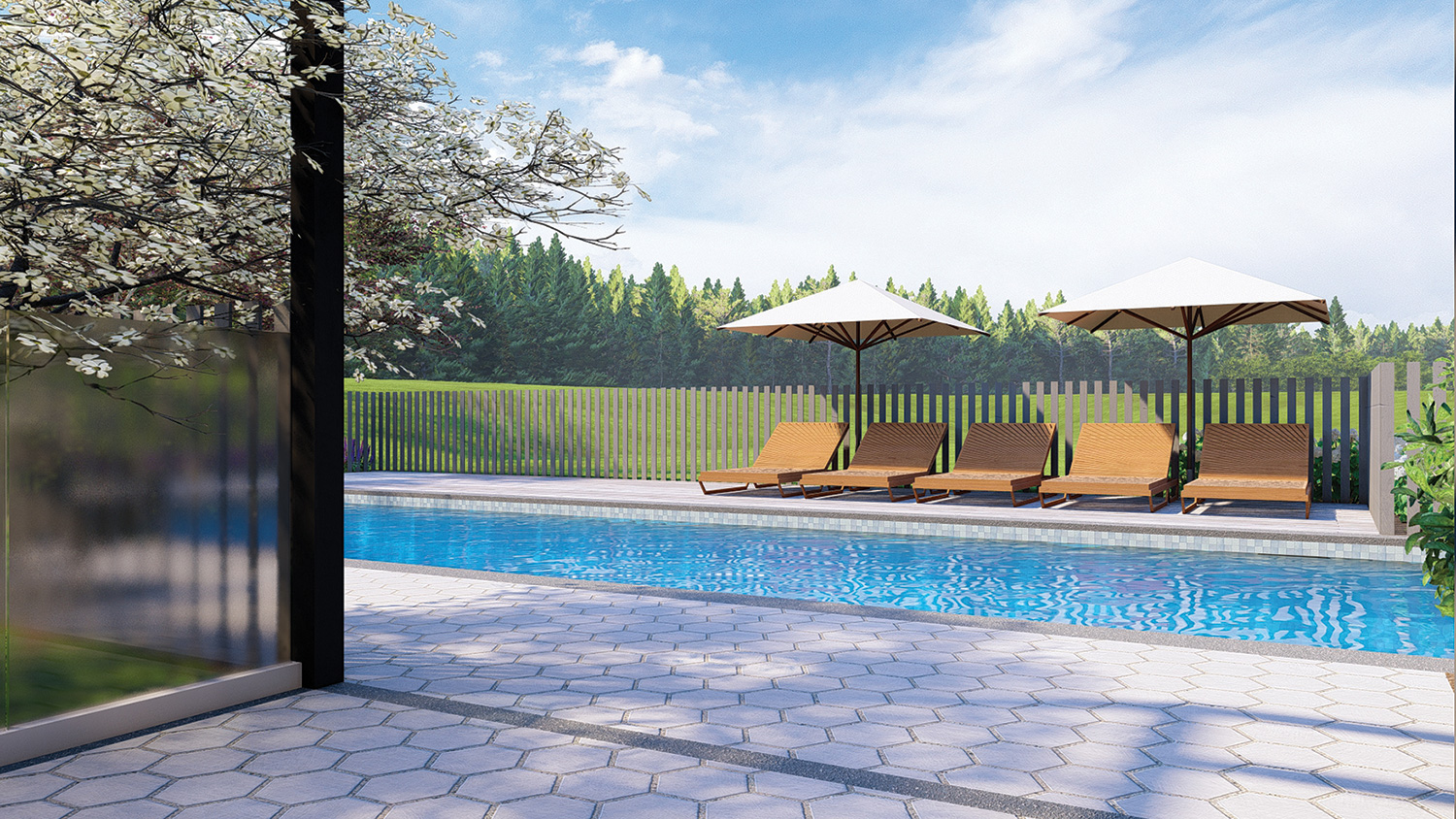
It need not, however, kill the view. Luckily, there are plenty of attractive options available that any reputable landscape designer can help you navigate. The best part is that the hyper-realistic renderings designers create allow clients to see a fully realized concept without the need for an award-winning imagination.
Margaret Curtis of Margaret Curtis Landscape Design in Meaford is no stranger to helping clients turn large, empty land canvases into sophisticated and dynamically designed outdoor living areas. “Every project is unique, not only because of the sites but also the clients. This process is a collaborative one. I’m designing something for my clients to use daily and it’s for them to enjoy. I do my best to understand their wishes and their taste, and design something that is functional and beautiful,” says Curtis.
For this home in Clarksburg, Curtis was asked to include a swimming pool, spa, sauna, shade solution, fire pit and lounge area, all while adhering to the municipal requirements for a pool enclosure. Curtis says the Town of The Blue Mountains requires a pool enclosure permit for new pool construction and also for upgrades or changes to existing pools. Bylaw requirements include that fencing must not be more than 10 metres away from the pool, must have a minimum height of 153 centimetres, and have self-closing and latching gates at every opening. Details of the requirements can be found on the town’s website.
“Each pool enclosure fence shown in the renderings fulfils the requirements to meet the bylaw standards, if installed correctly,” explains Curtis. “Glass, wood, steel and chain-link are all suitable materials to use for pool enclosures.”

“Every project is unique, not only because of the sites but also the clients. This process is a collaborative one. I’m designing something for my clients to use daily and it’s for them to enjoy.”
Margaret Curtis
Pool Primer
Considering adding a swimming pool to your landscape design? Margaret Curtis offers these helpful tips:
Plan ahead! Start planning early for a pool and speak with a few installers to see which one is the best fit. A pool has many options, in both design and function, so having someone you trust to discuss options is important.
Planning for things like the pool cover, pump lids, equipment housing and enclosure are all design decisions that can really elevate a final pool installation, if considered initially.
Consider what is around the pool to soften and incorporate it into the surrounding landscape. What will you be looking at when you are not swimming or when the pool is closed for the season? Adding plant material and positioning the enclosure strategically can really enhance the pool and landscape design.
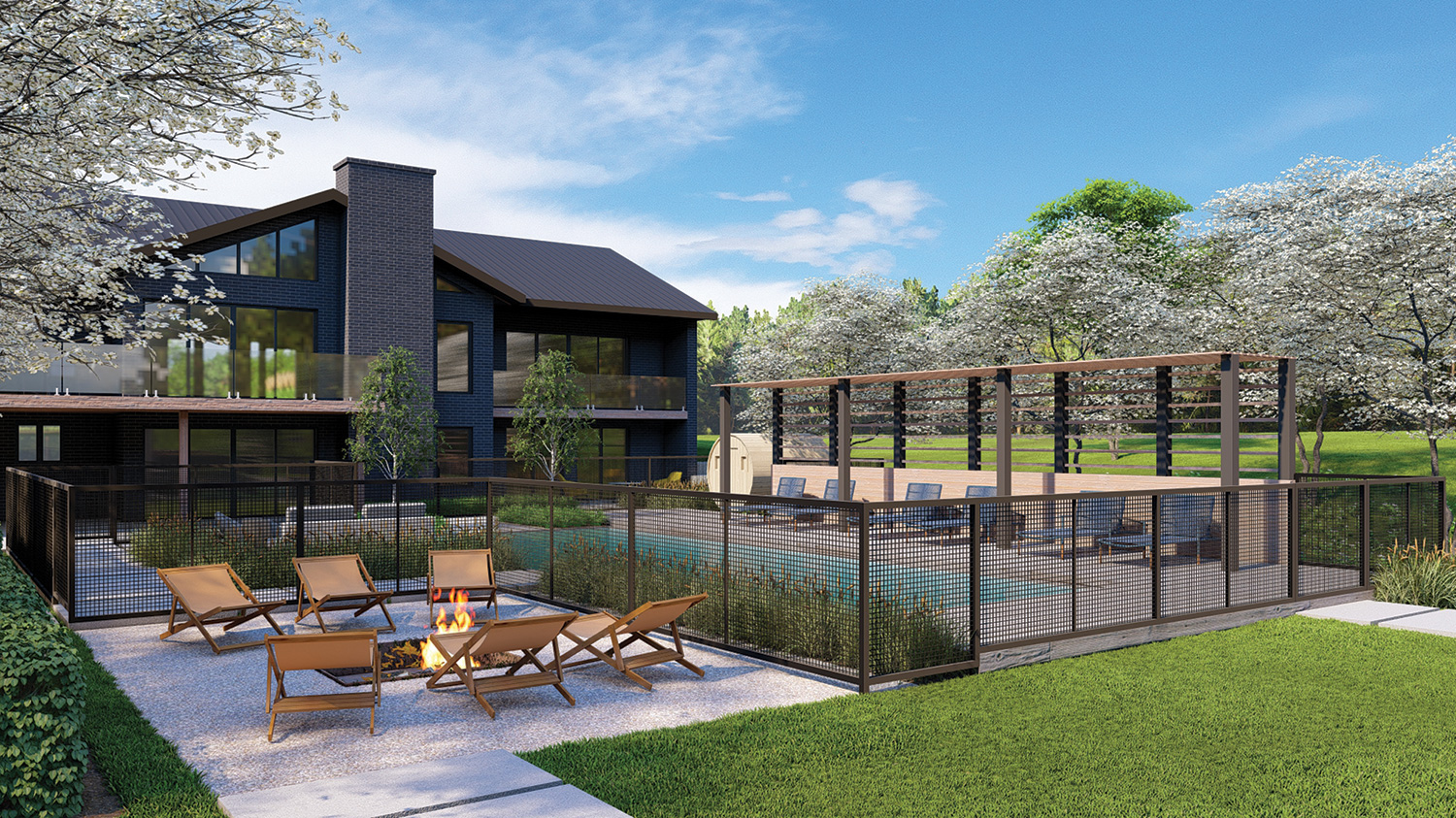
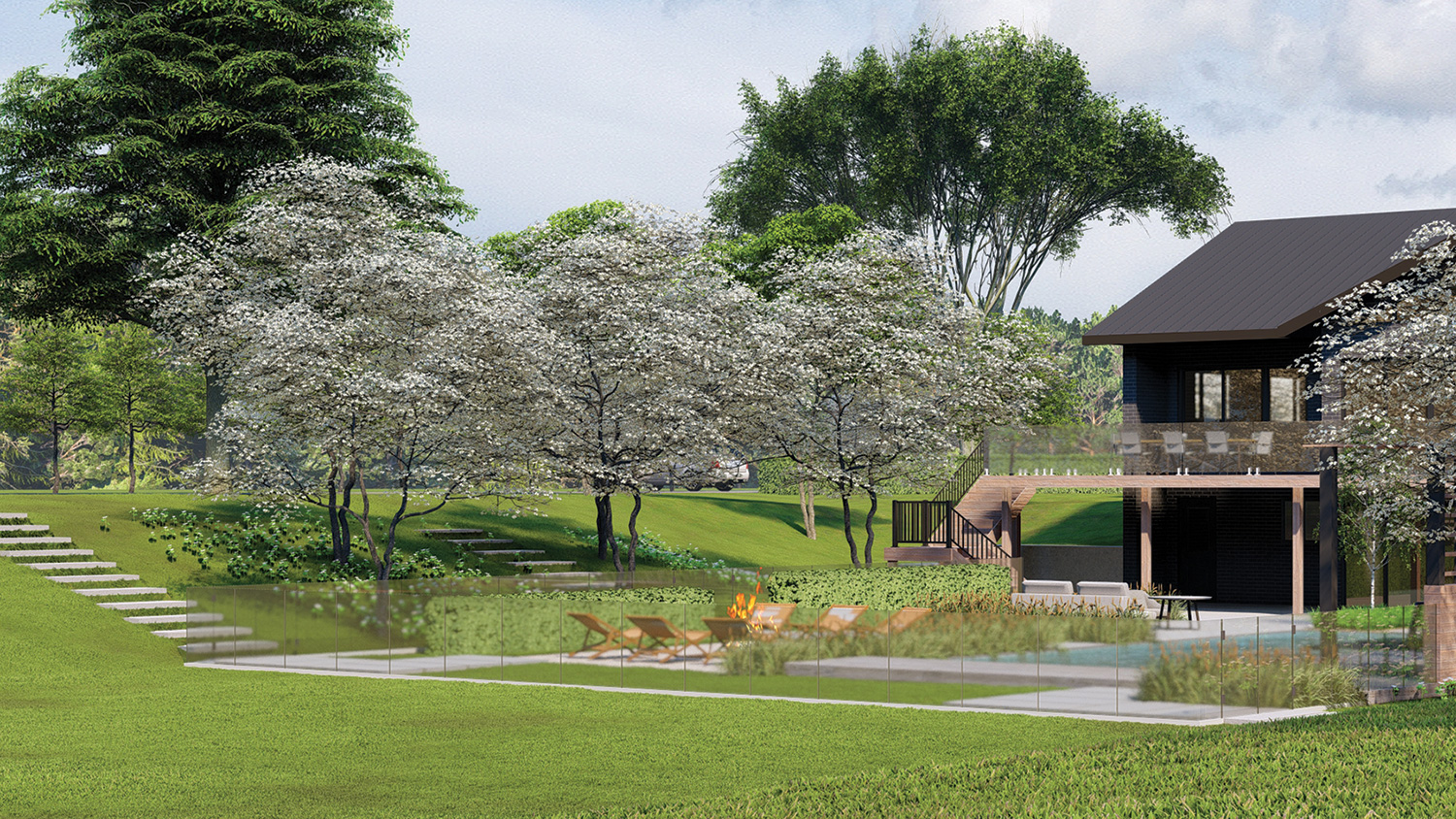

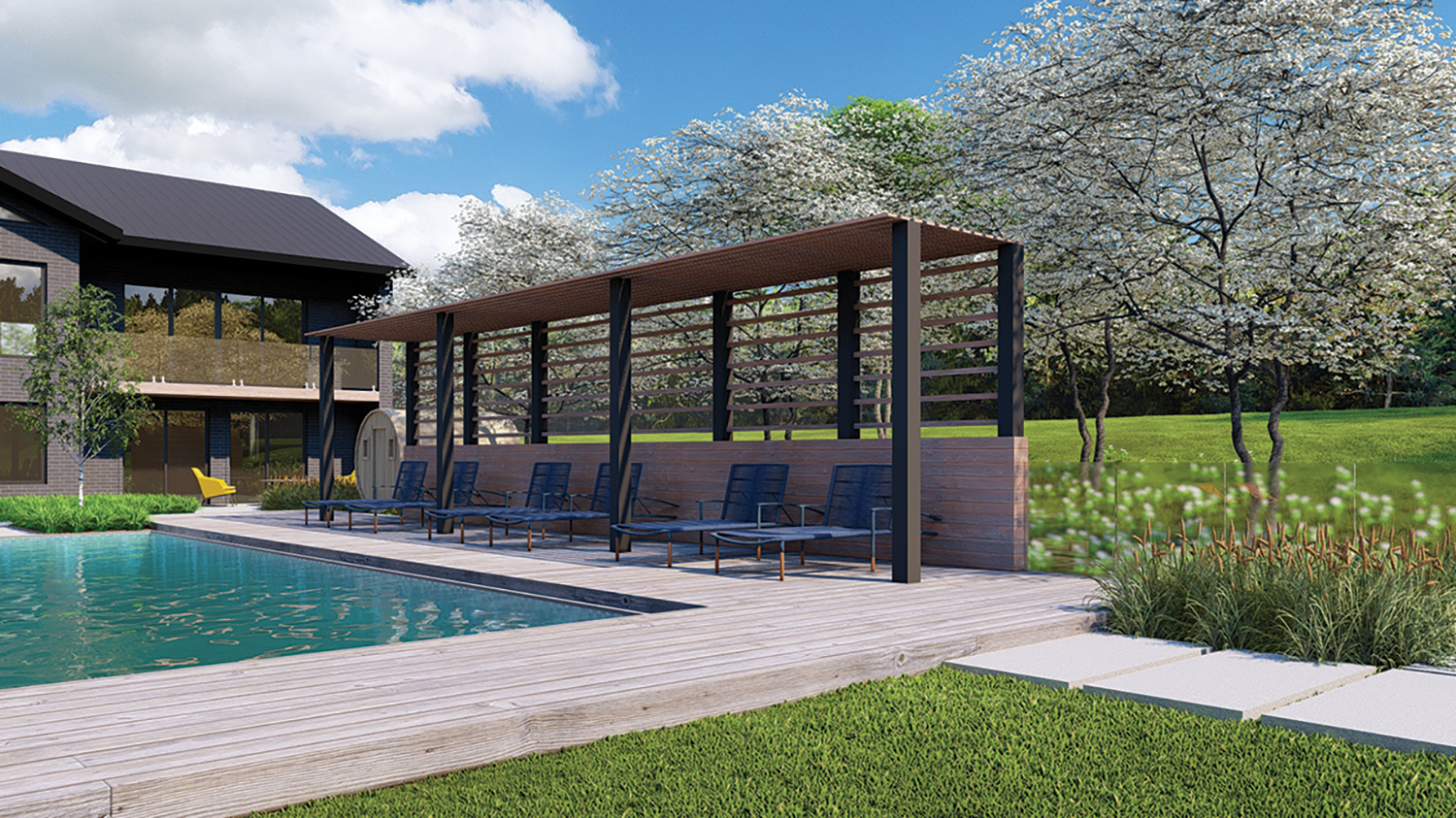
“This project started off with a mass clearing of overgrowth. We cleared a large area to open up the views to the river and allow my clients to really appreciate their property. The landscape here is a ‘fresh slate’—not a blank slate because there are some great natural features we utilized in the design, but we definitely took a ‘fresh look’ at things and designed a landscape that was clean and organized, one that will grow with the family and look like it was always meant to be there.”
Curtis typically designs two concepts for her clients. In this case, she offers three different fencing solutions. Each offers a dramatically different result while maintaining an overall effect that looks fresh and modern. “There are a few different styles of glass railing. The one shown is a ‘frameless’ glass railing system, which uses a stainless steel ‘shoe’ bracket system to secure the glass to the foundation or footing. The vertical fencing shown is something I have yet to install but love from a design perspective. The idea is that the vertical posts would be fabricated from steel and either left to weather into a corten-like finish or be powder-coated. This is a very contemporary design, and in my opinion something that could be a sculptural element in the garden.”
With the right designer and a great concept, your municipally approved pool enclosure might just end up being a work of art!
The Dirt On Soil
The importance of soil testing and what you can discover at home.
You have mentioned the importance of soil testing. How does one go about getting soil tested in this area?
Jen, Collingwood
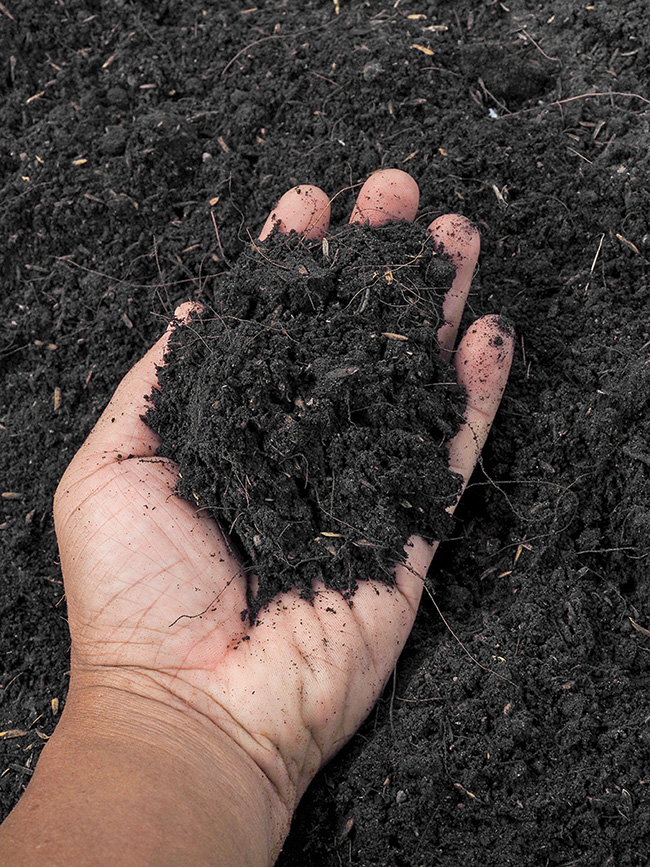
Hi Jen. Great question.
Soil is the most important aspect of any great garden. As the old saying goes, “Better to dig a $5 hole for a 50-cent plant than the other way around.”
When we test our soil for the essential plant nutrients (nitrogen, phosphorus and potassium), we are attempting to get a handle on its soil chemistry. This used to be the gold standard for understanding our soil. Nowadays, we are more engaged with understanding the biology (life) within our soil.
At home you can do some simple tests. Try clenching a fistful of damp soil, then open your hand. Does the ball stick together or fall apart? Sandy soil is both well-drained, non-sticky and not very high in plant nutrients. It will not hold together. A stickier soil contains clay and will hold nutrients better than a sandy soil, but will drain slower. This can be a good thing during a drought, but a problem during extended rainfall. The best soil is a loam. It’s composed of about one-third sand, one-third clay and one-third silt.
To see what your soil is made of, scoop two to three inches into a half-litre canning jar, add water almost to the top and shake fiercely. Let the jar sit for 24 hours. Sand will drop to the bottom, silt will fall in between, and clay will settle on the top. Anything floating is organic material you can ignore (for this test).
At the end of the day, all soil will benefit from the addition of organic material. This could be homemade compost, composted manure, mulched leaves or a super-cheap pickup from your municipality during the month of May. When organic matter is added annually, sandy soil will retain moisture and nutrients better, and clay-based soils will drain better and faster.
Soil pH matters too, particularly if you want to grow plants that have specific pH requirements. You can purchase a simple pH meter, or a home soil-testing kit at your local garden centre.
For a more in-depth analysis, you can mail a soil sample to one of Ontario’s accredited soil testing labs, a listing of which can be found at ontario.ca/page/soil-leaf-and-petiole-tissue-and-forages-and-feed-testing-labs. Send an email to the lab of your choice and they will send you the materials and forms to submit a sample.
Soil is a huge and fascinating subject, but this is a good start. I hope it helps.
Cheers, Charlie.














